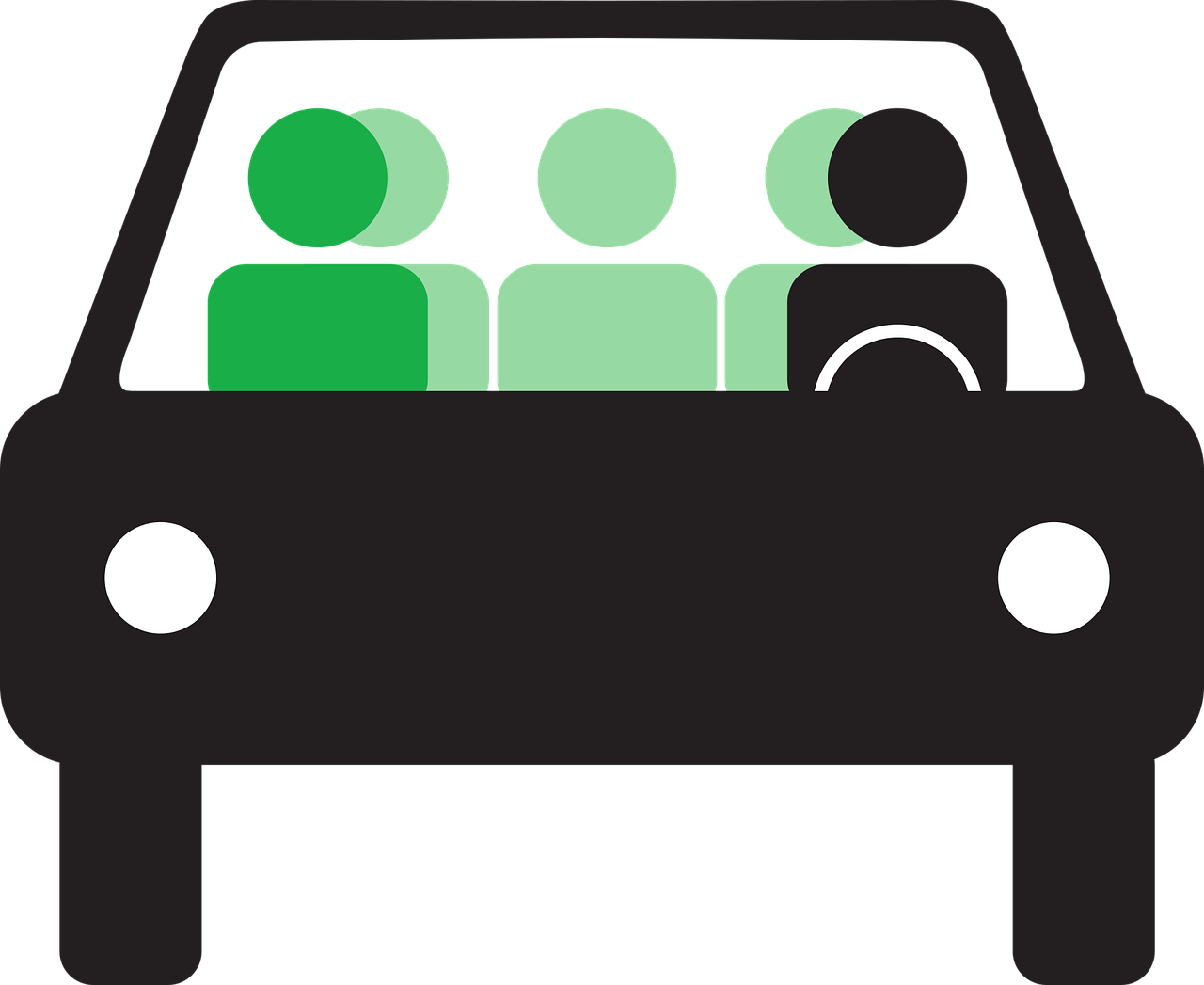Carpooling
Carpooling is a sustainable transportation solution that reduces individual car usage, traffic congestion, and greenhouse gas emissions by sharing rides among multiple passengers.

job openings
View open jobs in this Solution
Example Companies
- Scoop Technologies - Scoop brings commuters together in convenient carpools by partnering with their employers.
- BlaBlaCar - Long-distance carpooling platform connecting drivers with empty seats to passengers looking for a ride.
- Waze Carpool - Ride-sharing service that connects drivers and passengers with similar routes.
- Scoop - Enterprise carpooling solution for commuters.
- Klaxit - Short-distance carpooling app for daily commutes.
- GoKid - Carpooling solution for schools and families.
Overview
Carpooling involves sharing car journeys so that more than one person travels in a car, reducing the number of vehicles on the road. This practice helps decrease traffic congestion, parking demands, and air pollution while also saving money on fuel and vehicle costs for participants.
Learn More
Progress Made
- App-based Services: Technologies like Uber, Lyft, and Waze have made carpooling more convenient and accessible.
- HOV Lanes: High-Occupancy Vehicle (HOV) lanes incentivize carpooling, reducing congestion and emissions.
- Corporate Initiatives: Many companies now offer carpooling programs and incentives for employees.
Solutions by Sector
Urban Commuting
- Dynamic Ride-Matching: Real-time apps that match drivers and passengers for daily commutes.
- Flexible Pickup Points: Designated areas for safe and efficient passenger pickup and drop-off.
- Integration with Public Transit: Seamless connections between carpools and public transportation.
Case Studies:
- Scoop in the San Francisco Bay Area: Partnered with local employers to reduce single-occupancy vehicle trips by 50% for participating companies (Scoop).
- Klaxit in France: Collaborated with local authorities to subsidize carpooling trips, resulting in a 60% increase in carpooling adoption (Klaxit).
- GoKid in New York: Implemented a school carpool program that reduced school traffic by 30% and CO2 emissions by 375 tons annually (GoKid).
Long-Distance Travel
- Inter-City Carpooling: Platforms connecting drivers and passengers for long-distance trips.
- Event-Based Carpooling: Ride-sharing services for concerts, festivals, and sporting events.
- Vacation Ride-Sharing: Carpooling options for tourists and travelers.
Case Studies:
- BlaBlaCar in Europe: Facilitated over 89 million passengers in 2019, saving an estimated 1.6 million tons of CO2 (BlaBlaCar).
- Zimride for Universities: Implemented a carpooling platform for college students, reducing campus parking demand by 15% (Zimride).
- Waze Carpool for Events: Partnered with music festivals to reduce event-related traffic by up to 20% (Waze).
Corporate Carpooling
- Employee Ride-Matching: Internal platforms for connecting coworkers with similar commutes.
- Carpool Incentive Programs: Rewards and benefits for employees who participate in carpooling.
- Corporate Shuttle Services: Company-provided transportation for employees in high-density areas.
Case Studies:
- Google's gPool Program: Reduced single-occupancy vehicle trips by 9% through an internal carpooling platform (Google).
- Salesforce's Carpool Program: Achieved a 20% reduction in employee commute emissions through carpooling incentives (Salesforce).
- SAP's TwoGo Platform: Implemented a global carpooling solution, saving over 500 tons of CO2 emissions annually (SAP).
Lessons Learned
- User Experience: Successful carpooling platforms prioritize ease of use and reliability.
- Safety Measures: Implementing user verification and rating systems increases trust and adoption.
- Incentives Matter: Financial and non-financial incentives significantly boost participation rates.
- Integration is Key: Connecting carpooling with other transportation modes enhances overall effectiveness.
Challenges Ahead
- Behavior Change: Overcoming the cultural preference for personal vehicle ownership and use.
- Rural Areas: Expanding carpooling services to less densely populated regions.
- Regulatory Hurdles: Navigating varying transportation laws and insurance requirements across jurisdictions.
- Privacy Concerns: Addressing data protection and personal information sharing issues.
Best Path Forward
- Technological Innovation: Develop advanced AI and machine learning algorithms for more efficient matching and routing.
- Policy Support: Implement supportive policies such as tax incentives, HOV lanes, and parking privileges for carpoolers.
- Public-Private Partnerships: Collaborate with governments, employers, and transportation agencies to create comprehensive carpooling ecosystems.
- Education and Awareness: Launch campaigns to highlight the environmental and economic benefits of carpooling.
- Integration with Mobility-as-a-Service (MaaS): Incorporate carpooling into broader MaaS platforms for seamless multi-modal transportation.
Image credit: Unsplash